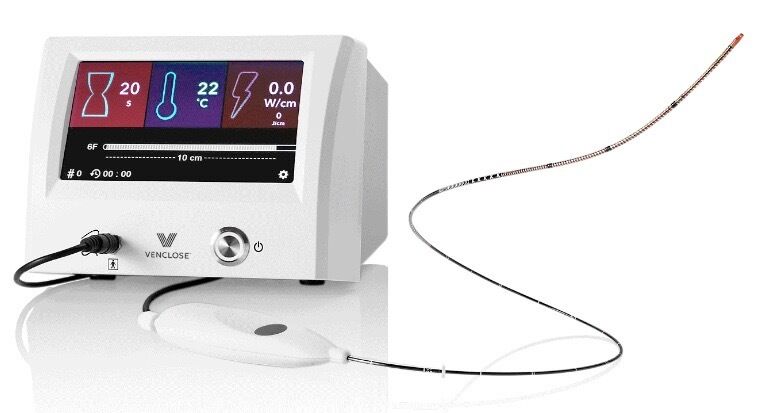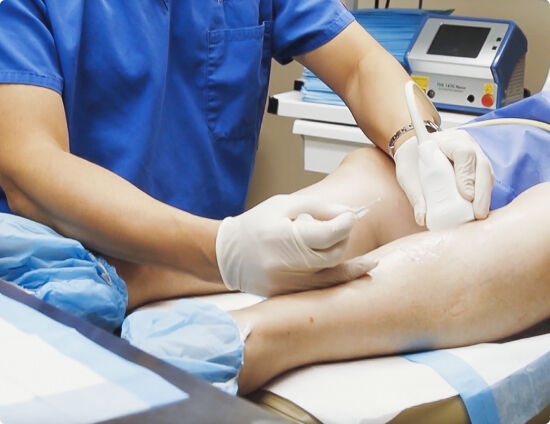Summertime means time out in the sun and more time for fun outdoor activities and travel, so it can be concerning to notice your legs are swelling more than usual, feeling swollen and heavy.
Even though it's uncomfortable for your legs to swell more during the warmer months, it's a common symptom. This condition, known as edema, can become more pronounced in the heat and can be caused by various factors, ranging from lifestyle choices to severe medical conditions. Understanding the underlying causes and managing this swelling is crucial for maintaining health and comfort.
What is Edema?
Edema is swelling caused by fluid accumulation in the body's tissues. Heat edema can affect any body part, but it is most common in the legs, ankles, and feet. Edema can be temporary or chronic, and its severity can vary from mild to severe.
Edema symptoms can include noticeable swelling in the affected areas, such as the legs, ankles, feet, hands, and face. The skin over the swollen area may feel tight, and the lower extremities, like the feet, legs, and ankles, may feel heavy, tired, or achy. Heat edema can lead to joint stiffness and reduced range of motion.
Why Do My Legs Swell More in the Summer?
Edema can worsen during the summer months, especially in warmer climates. This condition, often called "heat edema," occurs because high temperatures cause blood vessels to dilate (expand). When veins dilate, they can become less effective at returning blood to the heart, leading to fluid accumulation in the lower extremities. Heat edema can occur in the lower extremities and the hands, making them feel stiff, uncomfortable, and swollen.
Leg swelling, or edema, tends to be more pronounced in the summer due to several factors related to heat and the body's response to high temperatures.
Increased Blood Vessel Dilation
High temperatures cause blood vessels to dilate (widen) to help cool the body. This process increases blood flow to the skin surface to dissipate heat. The dilation of blood vessels can lead to more fluid leaking into the surrounding tissues, causing swelling in the legs and feet.
Gravity and Fluid Retention
Gravity naturally pulls fluids downwards, accumulating fluids in the lower extremities, especially when sitting or standing for long periods. During hot weather, the body may retain more fluid to help you stay hydrated, increasing the gravitational pull of fluids into the legs.
Physical Activity and Heat Exposure
During the summer, people spend more time outdoors, often standing or walking for long periods. Increased physical activity and heat can cause swelling in the legs. Leg swelling happens because more blood pumps to the muscles, and the body retains extra water to prevent dehydration. When someone stands or sits for long periods, especially in hot weather, fluid can accumulate in the lower legs and feet. The lack of movement slows down blood circulation, leading to swelling.
Sweating and Dehydration
Hot weather increases sweating, leading to dehydration if fluids are not adequately replenished. Dehydration can cause the body to retain sodium and water, leading to swelling in the legs and other body parts. The body's natural response to heat is to keep more water to prevent dehydration. This retention often comes with increased sodium levels, which can cause the body to hold onto even more water, contributing to leg swelling.
Clothing and Footwear Choices
During the summer, you may need more support for your feet than sandals and flip-flops provide. Consider other types of footwear like sneakers or tennis shoes. Wearing less supportive footwear can cause poor circulation and increased swelling in your feet and legs. Additionally, tight clothing such as leggings or pants around the waist or legs can increase the risk of swelling, especially when paired with unsupportive footwear.
Underlying Health Conditions
Certain health conditions, such as chronic venous insufficiency, heart disease, or kidney problems, can be exacerbated by heat. Individuals with these conditions may experience worsened symptoms during the summer, including leg swelling.
Understanding these factors can help individuals take proactive steps to manage and reduce leg swelling during the summer months. Staying hydrated, avoiding prolonged periods of standing or sitting, wearing supportive footwear, and maintaining a healthy diet can all help mitigate the effects of heat on leg swelling.
Can Heat Edema be a Sign of a More Serious Condition?
Swelling in your legs and feet from a long day of sitting or a busy day on your feet shouldn't last long or impair your ability to go about your daily life. If your edema is becoming chronic or impacting your quality of life, talk to your doctor or vascular specialist about any underlying conditions that could be causing your edema.
Chronic Venous Insufficiency
Chronic Venous insufficiency (CVI) is a common cause of leg edema. This condition occurs when the valves in the veins of the legs become weakened or damaged. These valves are essential for preventing the backflow of blood as it travels back to the heart. When blood vessels become damaged and fail, blood can pool in the legs, leading to swelling and varicose veins. Heat exacerbates this condition by causing veins to dilate further, making it even more difficult for blood to return to the heart.
If you're experiencing symptoms of chronic venous insufficiency, it's always a good idea to consult with a healthcare professional to discuss the best treatment options tailored to your needs. Managing chronic venous insufficiency can significantly improve your quality of life and reduce the risk of complications.
Symptoms of chronic venous insufficiency can include skin changes like discoloration, swelling in the lower extremities, aching, throbbing, or a feeling of heaviness in the legs. Leg pain may intensify after prolonged inactivity or at the end of the day.
Varicose Veins
Like chronic venous insufficiency, varicose veins can cause swelling, achiness, and a feeling of heaviness and fatigue in the legs and feet. If you're experiencing a change in your varicose veins, an increase in the number of varicose veins, or an increase in swelling or discomfort, talk to your vascular specialist.
Lung Diseases
Severe chronic lung diseases, such as emphysema and chronic bronchitis, increase pressure in the blood vessels between the heart and lungs. This pressure can cause fluid to go back into the heart, eventually leading to leg swelling.
Congestive Heart Failure
Congestive heart failure (CHF) is a condition in which the heart cannot pump blood efficiently. This inefficiency causes fluid to build up in various body parts, including the legs and ankles. CHF often presents with other symptoms, such as chest pain and high blood pressure, but leg swelling can be one of the most noticeable signs.
Pregnancy
During pregnancy, the growing uterus can pressure the vena cava, the large vein that carries blood from the lower body back to the heart. This pressure can cause fluid to accumulate in the legs.
Low Protein Levels
Low protein levels in the blood, often due to malnutrition or kidney disease, can lead to edema. Proteins help retain salt and water inside blood vessels. When protein levels drop too low, fluid leaks into surrounding tissues, causing swelling.
Liver Disease
Liver diseases, such as cirrhosis, can slow blood flow through the liver, leading to fluid retention and resulting in uncomfortable swelling in the abdomen and legs.
When Should I See a Doctor About Swelling in My Legs?
Heat edema is common, but if you're not getting relief from self-care or lifestyle changes, if it's impacted your daily life, or if it becomes chronic, consult your primary care provider or vascular specialist to determine the underlying cause. Tell your vascular provider if you have any underlying conditions like high blood pressure, clotting disorders, or diabetes, which could increase your risk of things like blood clots or deep vein thrombosis (DVT).
The diagnostic process may include a medical history and physical examination of your legs and feet. Your doctor will ask about your symptoms and medical history to determine the cause of your swelling and discomfort.
Your healthcare provider may order labs to check for protein in your urine and assess your kidney and liver functions. Your vascular specialist may also order imaging studies, such as a venous Doppler, to check for leg blockages and evaluate your veins' health.
It's essential to seek medical attention if you experience the following symptoms:
Don't ignore sudden symptoms like swelling, pain, or tenderness in one leg. Warmth, redness, or discoloration (bluish or reddish) in the affected area, cramping, or pain, especially when walking or standing, could all be signs of trouble.
Patients experiencing sudden, severe shortness of breath, chest pain that worsens with deep breaths or coughing, sweating, lightheadedness, dizziness, or fainting should seek immediate medical treatment. These symptoms could indicate deep vein thrombosis (DVT) or a pulmonary embolism (PE).
If you experience any of these and suspect DVT or PE, act quickly. Center for Vein Restoration (CVR) offers a same-day DVT-rule-out service to provide clarity. CVR can also provide anticoagulation treatment, educational resources, and follow-up care, all aimed at your well-being. Reach out to our hotline at 877-SCAN-DVT (866-969-3470).
How Can I Manage Heat Edema Symptoms?
Swelling in the legs, ankles, and feet caused by the accumulation of excess fluid in the tissues is known as heat edema, a common condition during warmer months. This swelling can be uncomfortable and sometimes painful, significantly affecting daily activities and overall well-being. Getting relief from heat edema involves lifestyle modifications, medical treatments, and preventive measures to address the symptoms and underlying causes. Treatment focuses on addressing the underlying cause and alleviating the symptoms.
Reduce Salt Intake With a Balanced Diet
Remember to reduce your salt intake if you plan to spend time in the heat or will have access to air conditioning or cool space. Too much salt can cause your body to retain water and worsen swelling. Salty foods are often readily available during pool parties, barbeques, and summer activities, so keeping track of your salt intake in these situations is essential.
A balanced diet low in salt and high in fruits, vegetables, and lean proteins can help manage edema.
Stay Hydrated
While staying hydrated is essential, excessive fluid intake can worsen edema. Drink plenty of water when it's hot out, especially if you're participating in outdoor activities. Avoid beverages that can dehydrate you, such as alcohol, caffeine, or sugary drinks.
Elevate Your Legs After a Long Day
Raising your legs above the level of your heart can help reduce swelling on hot days, especially if you've been active. Elevating your legs for 15 minutes daily can help reduce the swelling caused by heat edema.
Stay Active
Regular physical activity can help improve circulation and reduce fluid buildup in your legs. Simple exercises like walking, swimming, or leg lifts can be beneficial. Thirty minutes of moderate exercise most days of the week can help improve your circulation and reduce edema.
Be mindful of the heat; work out early or later in the evening, or choose an activity space with air conditioning to avoid overheating.
While it's normal for our activity levels to increase in the summer, symptoms like aching, stiff, or heavy legs shouldn't prevent you from participating in activities you enjoy. If the heat impacts your ability to stay active, talk to your vascular specialist.
Wear Proper Clothing and Footwear
Wearing comfortable, supportive shoes in the summer heat can help reduce pressure on your feet and ankles. Avoid high heels or tight shoes that can restrict blood flow. If you will be on your feet all day, choose footwear made from breathable materials like mesh, which allows heat and moisture to escape.
Breathable, loose fabrics can help you stay cool. Heavy fabrics like denim or thick knits can trap heat and increase body temperature. Tight clothing like leggings can increase your swelling. Wearing light layers can help you adjust to changing temperatures throughout the day.
Monitor Your Symptoms
Keep track of your symptoms and any changes to your edema if it's interfering with your ability to participate in daily activities. Regular check-ups with your healthcare provider are essential for managing underlying conditions that may cause edema.
Compression Stockings
Compression stockings are specially designed garments that apply gentle pressure to your legs, ankles, and feet. This pressure helps improve blood flow and reduce fluid accumulation, which can significantly alleviate the symptoms of heat edema. By enhancing circulation, compression stockings help prevent fluid from leaking out of the veins and accumulating in the surrounding tissues, which reduces swelling.
Expert Edema Treatment At Center for Vein Restoration
If you experience persistent or severe swelling, it's essential to consult with a healthcare provider to determine the underlying cause and receive appropriate treatment. By making simple lifestyle changes, staying active, and following your vascular provider’s advice, you can effectively manage edema and enjoy the summer months with less discomfort.
Book an appointment with a Center for Vein Restoration near you for expert vascular care.
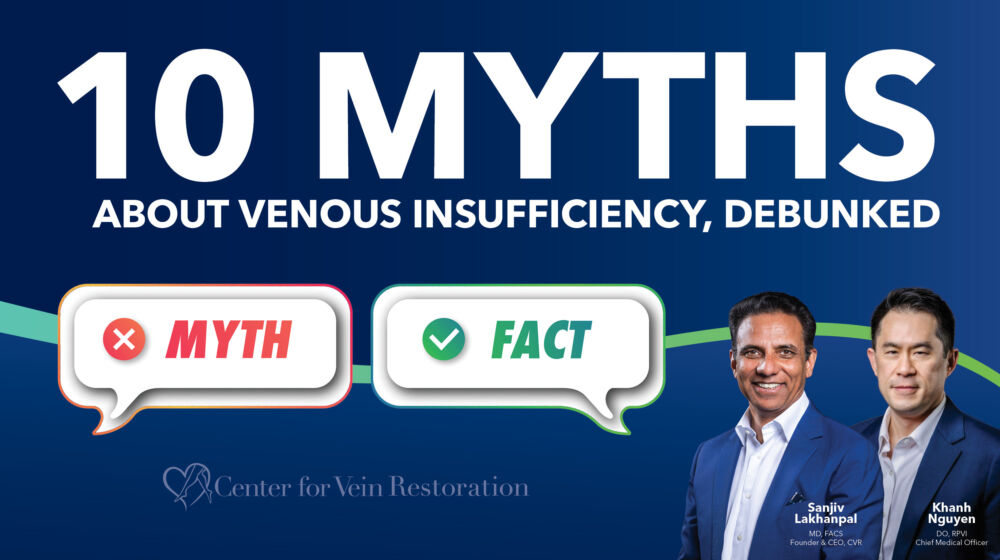
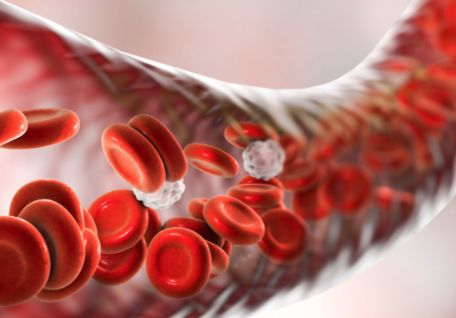 About Vein Disease
About Vein Disease
 Spider Veins
Spider Veins
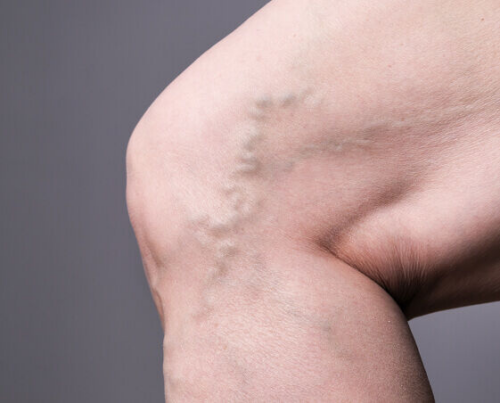 Varicose Veins
Varicose Veins
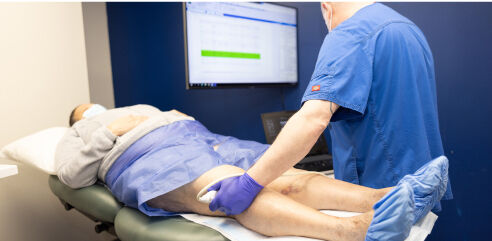 Vein Disease Treatments
Vein Disease Treatments
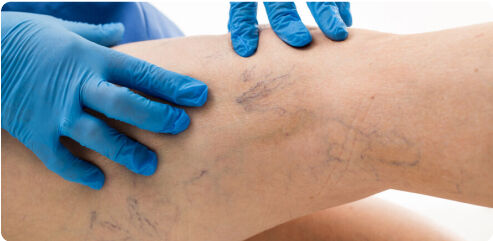 Treating Spider Veins
Treating Spider Veins
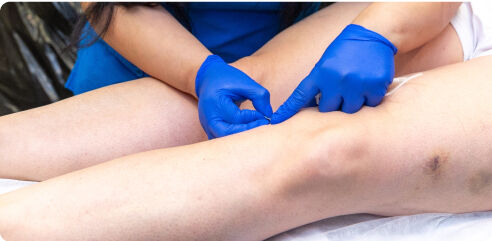 Treating Varicose Veins
Treating Varicose Veins
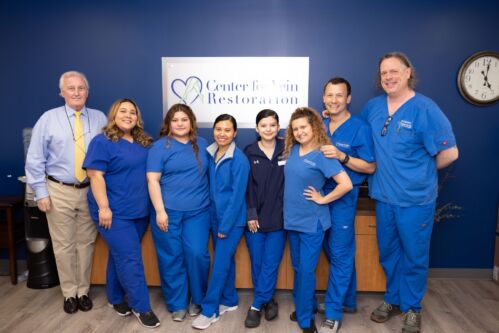 About Us
About Us
 Patient Resources
Patient Resources
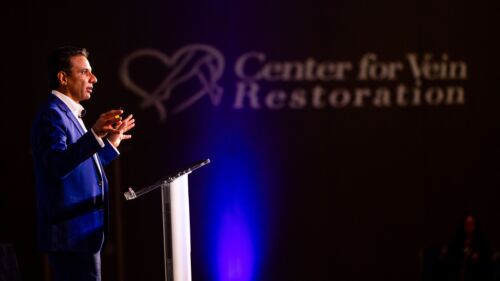 Physician Resources
Physician Resources

